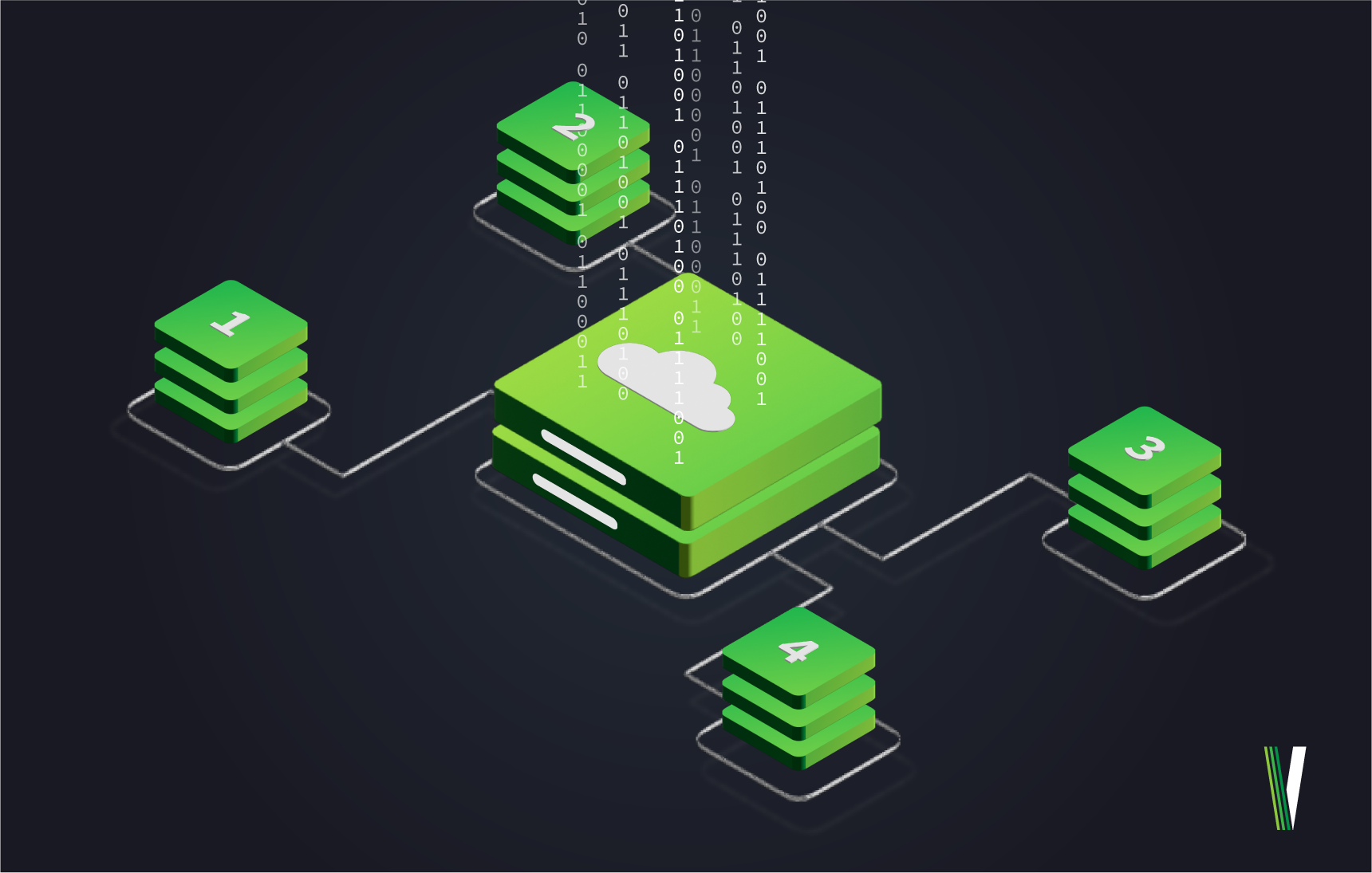The days of companies devoting hundreds of square feet in valuable physical space to server farms are dwindling. The costs of an on-premises infrastructure are certainly a factor, but by no means are they alone. Virtual network infrastructures also allow for greater efficiency and scalability.
But these are complex systems. There is no shortage of platforms and solutions to choose from, and the pitfalls that companies can find themselves stuck in are all over, ready to eat away at your budget and utilization.
Before you finalize your plan for a new – or upgraded – virtual infrastructure, here are four aspects to consider now in order to save you time and energy down the road.
Cost balancing between now and later
The amount your company will pay at implementation is only one factor to consider when looking at the cost and value of a virtual infrastructure. And sometimes it’s not the one that is most important.
Going the cheap route up front could end up providing your company with an even bigger price tag a year down the road. It may seem like pinching pennies is good business right now, but the success rate for those systems is not high. There are also a number of hidden fees – especially when moving to a cloud instance – that are easily overlooked (some we get into later).
Identify the ROI gained from the new system’s increased efficiency and productivity, but make sure to balance it with the ongoing costs to keep it operating at an optimized level.
Have a multi-year plan in place
The decision is made in the here and now, but the impact is much broader. Depending on how both your company and the software you purchase evolve over time can determine how much it’s going to cost to keep your infrastructure running smoothly.
Develop a one-, three-, and five-year plan to understand the areas where you believe you could begin outgrowing your systems and when your software will hit the end of its life – causing you to replatform or upgrade at a significant cost. For example, the amount of storage you need in 2023 will likely not be the same amount of storage you need in 2026 if you continue to grow.
But failing to account for that growth can be costly. This is especially true if you go with a solution that is not flexible enough to adapt and scale as needed. Make sure to ask yourself how expandable your system is. Can you add and build on it or will it require a whole new system to meet your future needs?
Don’t neglect the back-end functionality
While CIOs can get caught in the shiny spectacle of everything a virtual or cloud infrastructure can provide, true value in your investment resides in giving attention to the back-end functionality.
It may not be top of mind, but monitoring solutions are a big deal to a virtual infrastructure. Left on your own and you are liable to miss something. Your system going down as a result is going to cause headaches and fees to get it right. Health checks, backups, and data recovery are major areas that are often overlooked. While backups can be quick, restorations take time, and the solutions providing these services can get pricey.
Similarly, when was the last time you considered how much money it will cost to migrate your data onto a new system? Because this is an often-overlooked aspect that surprises companies once the bill comes.
The job isn’t done after implementation
No solution is perfectly suited to your specific needs and structure right out of the box. Similarly, at the rate that these systems evolve – not to mention your business evolving itself – even a top-of-the-line infrastructure will be out of date in a year if left unattended.
Optimization must be part of your infrastructure plan so that you continue to get the most of your investment. We don’t live in a static world, so don’t let your systems get static either. We recommend setting up quarterly updates for your hardware and software and leveraging that one-, three-, and five-year plan to identify where your attention and focus should be moving forward.
For more tips and infrastructure content, check out our IT Strategy and Innovation page on our website.

